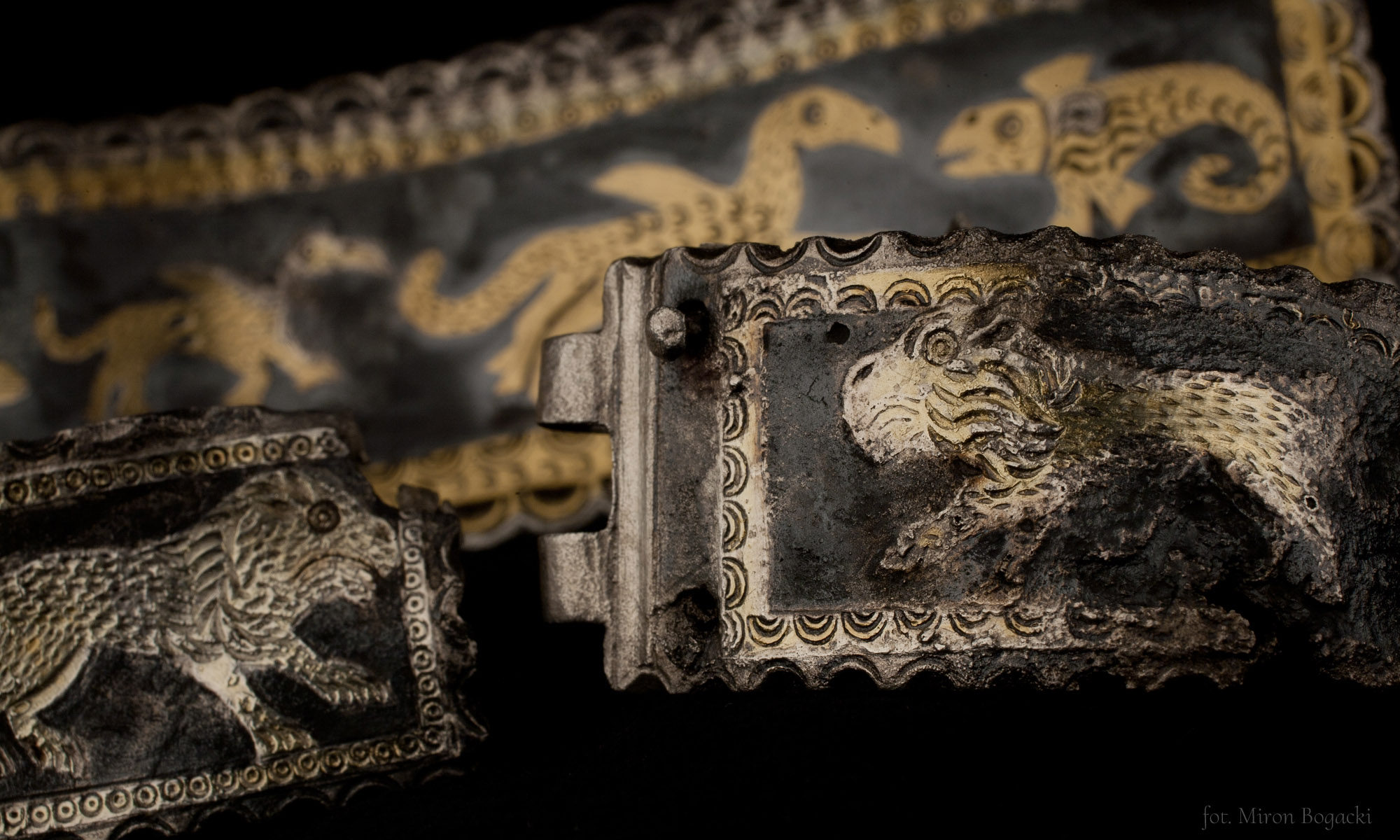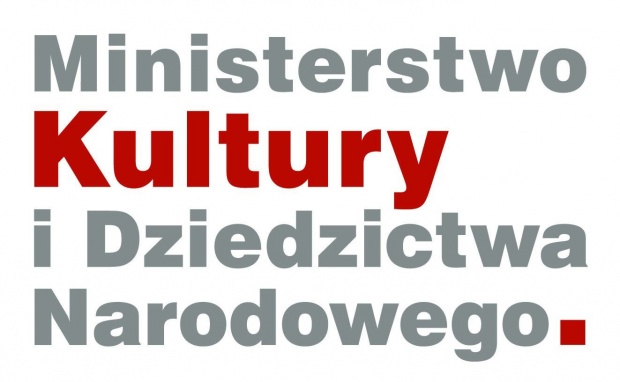Szanowni Państwo,
prezentacja książki Archeologia Ukrainy w latach niepodległości, która miała odbyć się 21 lutego o godz. 15:00 w sali 210 Wydziału Archeologii UW, zostaje odwołana z powodu utrudnień związanych z przyjazdem prezydenta Stanów Zjednoczonych Joe Bidena.
O nowym terminie promocji powiadomimy Państw w najbliższym czasie.
Czytaj dalej „„Archeologia Ukrainy w latach niepodległości” – promocja odwołana”



